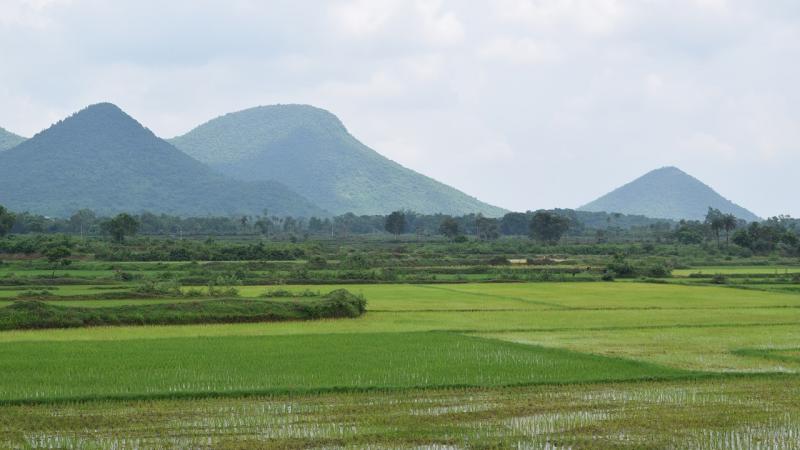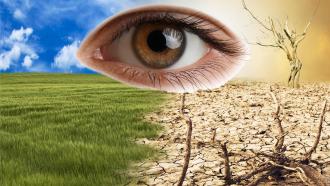
It is no secret that the planet's temperature is increasing. If it continues unabated, India will be among one of the worst-hit countries with frequent floods and droughts. Most parts of Northern India faced severe heatwave with temperatures reaching record highs and killing hundreds in 2019. On the contrary, torrential rains lashed Mumbai and Pune, flooding the cities. In Chennai, a severe crisis for drinking water is keeping the city on its toes.
Global warming is caused by increasing levels of greenhouse gases like carbon dioxide in the atmosphere, which retain the Sun's radiation and increases the surface temperature. Besides, changes in the land use and land cover at a regional level due to years of deforestation, industrialisation, agriculture and urbanisation, also lead to variations in the temperature. However, most studies that try to decipher how these changes occur are limited to metropolitan cities or focus on urbanisation alone.
In a recent study, researchers at the Indian Institute of Technology Bhubaneswar, Indian Institute of Technology Kharagpur, and the University of Southampton, UK have tried to understand the effects of changes in land use and land cover on regional temperatures in Odisha, which frequently experiences heatwave, cyclones, droughts and floods. The study, published in the journal Scientific Reports, was partly funded by the Department of Science and Technology (DST) and the Indian Space Research Organisation (ISRO).
"Studies linking land use and land cover changes to regional temperature variations are limited over Eastern India, though this region is undergoing the most recent spurt in growth," says Prof Vinoj V from IIT Bhubaneswar, who led the study. "Living in the state of Odisha and seeing it being affected by large natural disasters regularly has created a genuine interest in understanding the regional climate, which has direct societal relevance," he adds.
The researchers analysed the changes in temperature in Odisha between 1981 and 2010 using data from ground and satellite observations and datasets derived from climate models that resemble the real world. They also studied the changes in land use and land cover using remote sensing data.
The study reveals that the mean temperature of the state has increased by 0.3oC in the past three decades, with the most accelerated warming of about 0.9oC occurring between 2001 and 2010. The largest rate of increase in temperature was observed between June to August and September to November, while the December to February recorded the least increase.
More than a quarter of this warming is due to changes in land use as the acceleration during the last decade coincides with the rapid urbanisation observed in cities like Cuttack and Bhubaneswar. In these cities, the study found a 40% and 50% increase in temperatures during 2001–2010. The minimum temperature in the region had also increased by 1.2oC since 2001, pointing to unprecedented local warming.
"If the observed rate of changes is any indicator of the future, the surface temperature over the state of Odisha will likely continue to grow, leading to extreme heat," warns Prof Vinoj. In 2019 alone, three deaths due to sunstroke have been reported from Western Odisha, and the state continues to reel under an intense heatwave.
The study also found that the area under grasslands, fallow-land and water-bodies had declined across the state. These changes, which have led to the observed warming, can have a domino effect, say the researchers. An increase in surface temperature changes soil properties, evaporation and transpiration, affecting agricultural activities and the economy. The rapid urbanisation further exacerbates this problem as it leads to further destruction of vegetation.
Is this a phenomenon confined to the state of Odisha? No, say the researchers, adding that extrapolating these observations to elsewhere in the country could lead to similar results. However, the magnitude of change depends on the level and intensity of variations in land use and land cover. "The problem can be mitigated by initiating smart and sustainable development model and more importantly, stopping deforestation wherever possible," says Prof Vinoj with hope.
Building energy-efficient buildings and moving away from a carbon-based economy to cleaner alternatives can go a long way, suggest the researchers. "Spread awareness, sensitise and appraise local legislatures to the important issue of climate hazards and emergencies," signs off Prof Vinoj.
This article has been run past the researchers, whose work is covered, to ensure accuracy.






